Katre, an ancient city of Crete, is shrouded in mystery and intrigue. While historical and archaeological evidence about Katre is limited, its strategic location and mythological connections suggest a place of some importance in ancient Crete.
Active Periods
While its founding date remains uncertain, archaeological evidence suggests Katre was active in the Geometric and Archaic periods (9th-6th centuries BC). This aligns with the period when many Cretan cities were establishing their constitutions and laws, indicating Katre’s participation in the broader socio-political development of Crete during this era.
Connections to Other Cities
Katre’s location near the Katre gorge, a strategic passage connecting the northern and southern coasts of Crete, suggests a role in regional trade and communication. The gorge was part of a major route linking the northern coast with the important city of Askyfou, further emphasizing Katre’s strategic position and its potential connections to other cities in central and southern Crete.
Reasons for Decline
The reasons for Katre’s decline remain unclear. No historical accounts of its destruction or gradual abandonment exist. However, the absence of significant finds from later periods suggests the city declined after the Archaic period, possibly due to natural disasters, economic shifts, or changes in regional power dynamics.
Mythology and the Trojan War
Katre is also mentioned in ancient Greek mythology. According to Pausanias, the city was founded by Katreas, the son of the legendary King Minos. It is also mentioned in Homer’s Iliad, where it is stated that Menelaus, king of Sparta, was visiting Katreas when Paris abducted Helen, sparking the Trojan War. While the historicity of these figures and events remains debated, they highlight Katre’s early importance and its possible connections to major events in Greek mythology. The abduction of Helen is a pivotal event in Greek mythology, leading to the Trojan War, a conflict that shaped the course of Greek history and literature.
Current Status
Today, Katre exists as an archaeological site, offering insights into Crete’s ancient past. The ruins, including remnants of fortifications, houses, and temples, are located at the Vate or Sterna location in the Krapis basin, near Askyfou. These remains, combined with the limited historical and mythological references, provide a glimpse into Katre’s history and its place in the network of ancient Cretan cities.
Archaeological Significance
The archaeological site of Katre, with its remnants of fortifications, houses, and other structures, has the potential to enhance our understanding of the city’s history, culture, and significance in ancient Crete, particularly during the Geometric and Archaic periods.
Site: Key Points
- Construction Period: Geometric and Archaic periods (9th-6th centuries BC)
- Location: Vate or Sterna, Krapis basin, near Askyfou
- Historical Significance: Mentioned by Ptolemy, linked to figures and events in Greek mythology, particularly the story of the abduction of Helen, which led to the Trojan War.
References
- Dawkins, R. M. 1919. “The Crete of R. M. Dawkins.”
- Homer. “Iliad.”
- Pausanias. “Description of Greece.”
- Ptolemy. “Geography.”
- Spanakis, S. 1993. “Cities and Villages of Crete.”















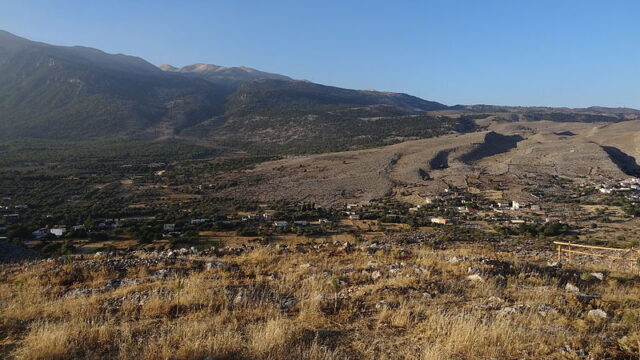



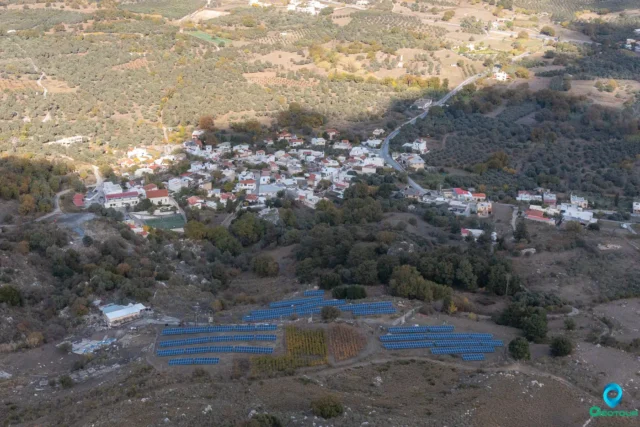
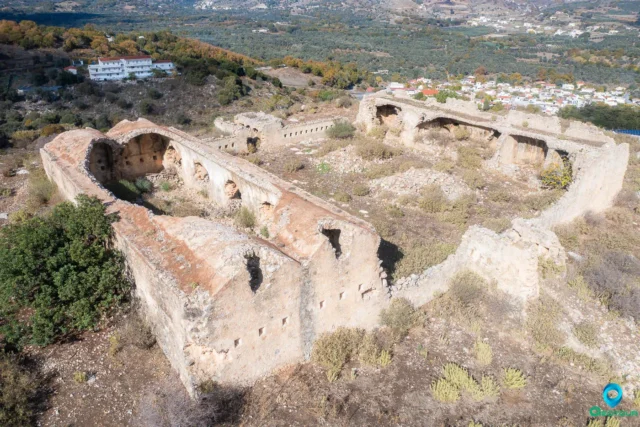
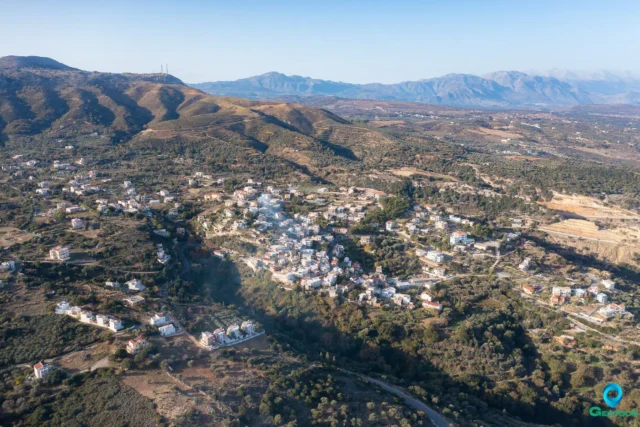
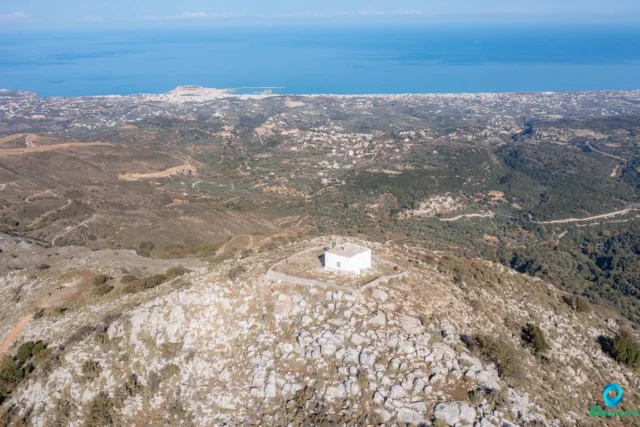
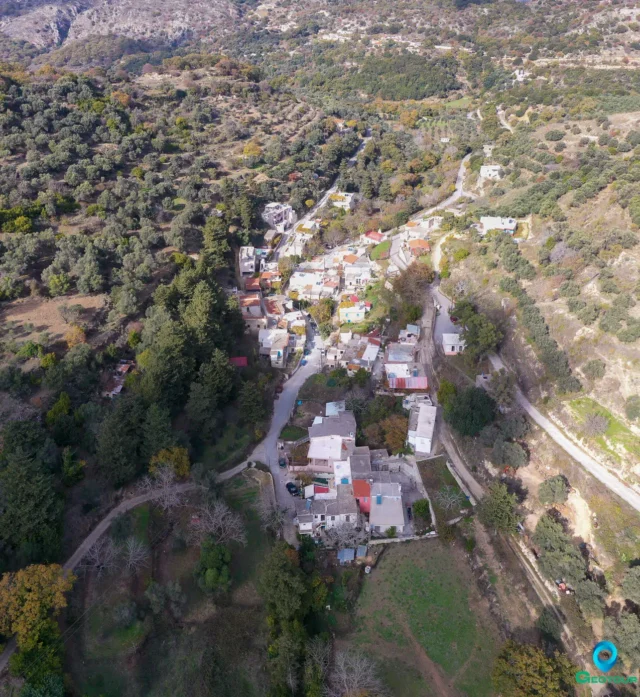


There are no comments yet.